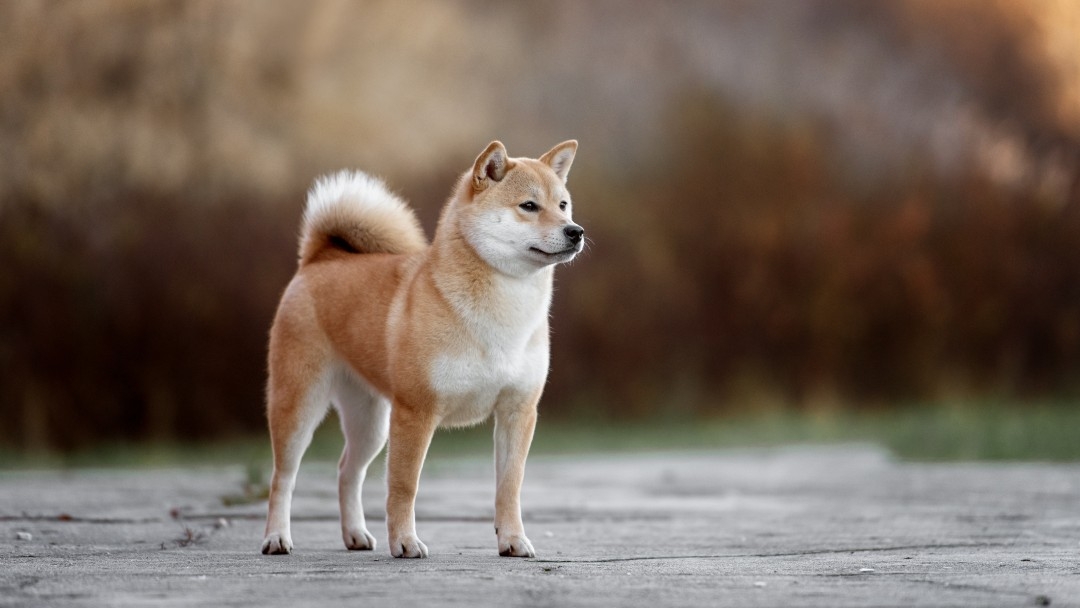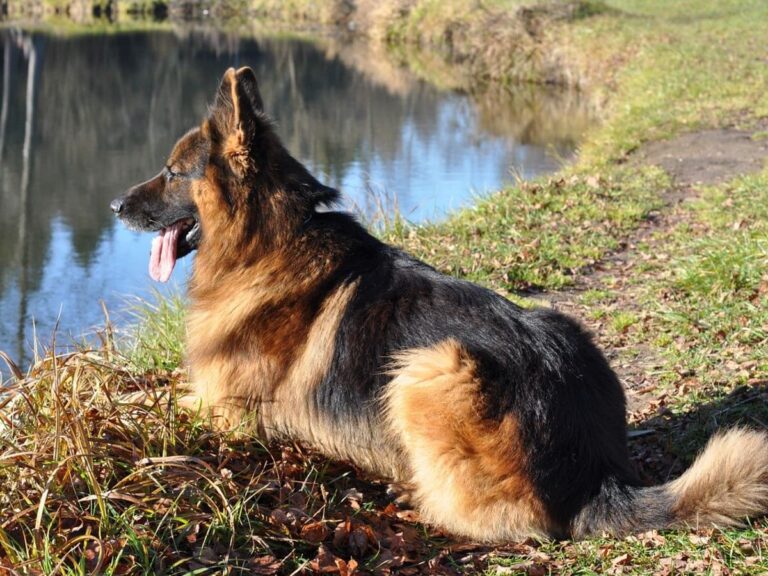Double-coat dogs have two layers of fur, while single-coat dogs have only one layer. Double coats tend to shed more and require more maintenance than single coats. Dogs come in different shapes and sizes, and their coats come in a variety of textures, lengths, and densities. Understanding the differences between Double Coat Vs Single dogs can help you make the right decisions when it comes to grooming and caring for your furry friend.
In this article, we’ll take a closer look at the characteristics of each type of coat and provide some tips on how to keep them healthy and looking their best. Whether you have a double-coat or single-coat dog, proper grooming is essential to keep them happy and comfortable. Let’s dive in!

Credit: www.purina.co.uk
Understanding Double Coat Vs Single Coat Dog
Double coat and single coat are two common terms used to describe the coat texture of dogs. A double coat consists of two layers of fur: a dense undercoat and a longer topcoat. In contrast, a single coat only has one layer of fur.
The thickness, texture, and density of the coats differ between the two. Double coats are generally thicker and denser, while single coats tend to be less dense and finer in texture. Breeds such as huskies, golden retrievers, and German shepherds typically have double coats.
Meanwhile, breeds like greyhounds and boxers usually have single coats. Understanding these differences in dog coat types can aid in grooming and caring for your furry friend.
The Protective Purpose Of Double Coats
Dogs with double coats aren’t just cute, they are also designed for harsh weather conditions. The two-layer coat protects against extreme cold and heat, acting as insulation for the body. Thick fur traps air close to the skin, keeping the dog warm in freezing temperatures.
This coat also protects against sunburn and skin damage, as it shields the skin from harmful UV rays. Moreover, double coats provide an extra layer of protection against skin injuries and scratches. The undercoat is softer and helps distribute pressure across the body while also providing cushioning.
With their two layers, dogs with double coats can handle various extreme weather conditions, enhancing their quality of life and maintaining their health.
The Protective Purpose Of Single Coats
A single coat may seem inadequate, but it protects dogs from harsh weather conditions. The layer acts as a shield against excessively hot or cold temperatures, keeping the dog comfortable. In moderate weather, a single coat is beneficial as it does not overheat the dog.
Additionally, the coat helps prevent skin injuries and sunburn, which can be a problem in the summer. The lack of an additional layer also makes it easier to groom the dog, saving time and effort for the owner. Dogs with single coats, such as the boxer, are easy to take care of and require less maintenance.
The dog’s body temperature and fur density also play a role in determining the necessity of a double coat.
Pros And Cons Of Each Coat Type
Double-coat dogs have two layers of fur, an outer thick coat, and a soft undercoat. These coats are common in breeds such as huskies and shelties. The advantage of double coats is that they provide insulation during cold weather.
However, they require more grooming due to shedding. Single-coat dogs have just one layer of fur and are common in breeds such as greyhounds and boxers. They shed less but are not recommended for colder climates. Grooming needs for single coats are less demanding.
When it comes to choosing the right coat type, it depends on factors such as climate, lifestyle, and preference. Taking time to understand the pros and cons of each type can guide you toward the best decision for your furry friend.
Finding The Right Coat Type For Your Dog
Finding the right coat type for your dog involves considering a range of factors. With a double coat breed, the topcoat is denser and more coarse, while the undercoat is softer and fluffier. This type of coat requires more grooming but offers greater insulation in cold weather.
In contrast, single-coat breeds have only one layer of hair. These coats are less insulated but require less maintenance. When selecting a coat type, it’s important to take into account your lifestyle and climate. For instance, a high-maintenance double coat may be impractical for those with busy schedules, while a single coat may not provide enough warmth for cooler climates.
Ultimately, choosing the right coat type is about finding a balance that works for both you and your furry friend.
FAQ On Double Coat Vs Single Coat Dog
What Is A Double Coat Dog?
A double-coat dog has two layers of fur that serve various functions, including protection against harsh weather conditions.
What Is A Single Coat Dog?
A single-coat dog has only one layer of fur, and their coat is typically thinner and more manageable than double-coat dogs.
What Are The Benefits Of Having A Double Coat Dog?
Double-coat dogs provide excellent insulation against harsh weather, they shed less frequently, and their coat is water-resistant, which helps protect their skin.
What Are Some Examples Of Double Coat Dogs?
German shepherds, huskies, Samoyeds, and golden retrievers are some examples of double-coat dogs.
What Are Some Examples Of Single Coat Dogs?
Bulldogs, greyhounds, pugs, and beagles are some examples of single-coat dogs.
Are Double Coat Dogs More Challenging To Groom Than Single Coat Dogs?
Double-coat dogs require frequent brushing to remove dead hair, while single-coat dogs have less hair that requires less brushing. However, grooming needs also depend on the type of coat.
Conclusion
There are several factors to consider when deciding between a double-coat and a single-coat dog. Double-coated dogs generally come with more grooming requirements but offer increased protection from the elements. Those with single coats tend to require less maintenance but may not have the same level of protection.
It’s important to consider your lifestyle and the environment you live in when making your decision. Additionally, while some breeds are traditionally double-coated, it’s always possible to encounter single-coated dogs within a breed. The most important factor in choosing a dog is finding a companion that matches your personality and lifestyle.
Whatever your choice, both double and single-coated dogs make wonderful companions and lifelong friends with the right training, care, and attention.



